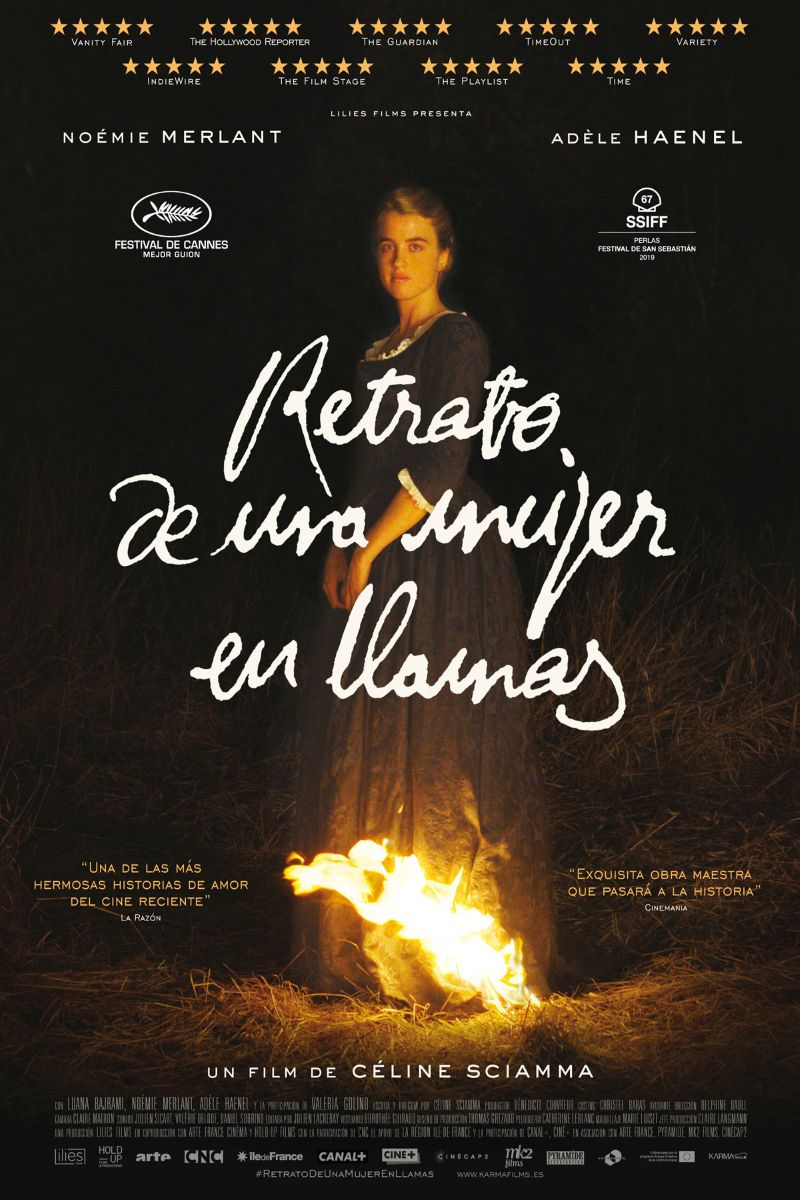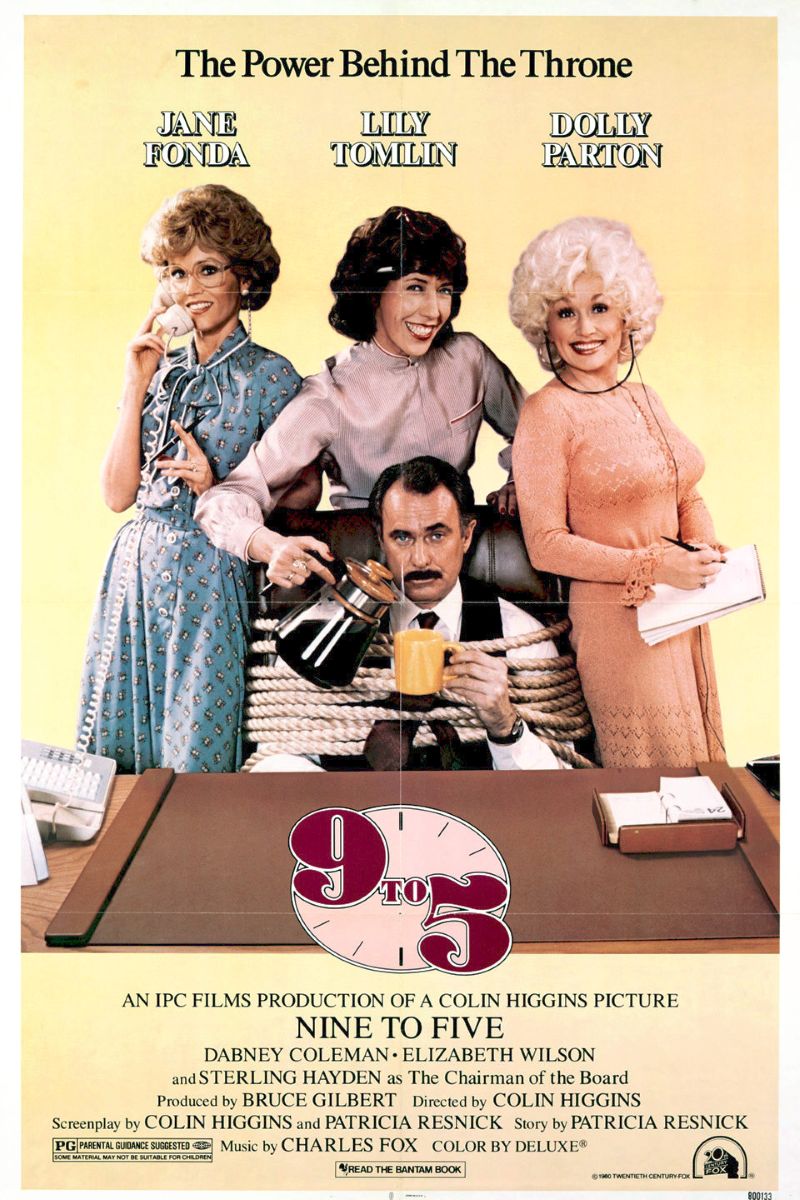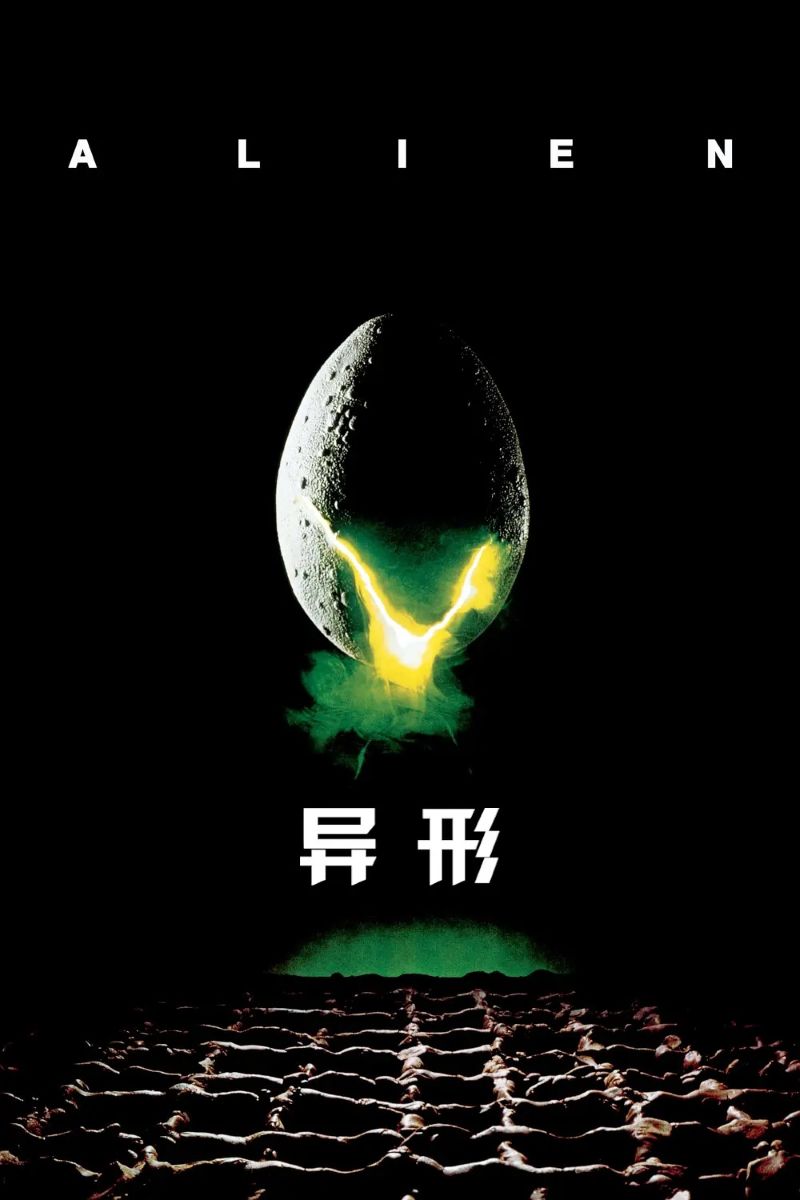
Portrait of a Lady on Fire
Portrait de la jeune fille en feu
In late 18th century Brittany, France, female painter Marianne is commissioned to paint a portrait of aristocrat Héloïse. This portrait will determine Héloïse's marriage, but she refuses to cooperate. During their time together, the two gradually develop a profound and secret emotional connection.
主演
🎥 影评与解读
Céline Sciamma’s “Portrait of a Lady on Fire” stands as a revolutionary feminist cinematic masterpiece that not only redefines the expression of the female gaze in cinema but completely subverts traditional male-dominated narratives. Set in 18th-century France, this work explores the complex relationships between artistic creation, female autonomy, and desire through the emotional story between two women.
The Revolutionary Female Gaze
The film’s most striking feature is its unique visual language. Sciamma completely abandons conventions of the male gaze, refusing to objectify or sexualize women’s bodies. Instead, she presents an equal relationship of looking and being looked at between women through delicate cinematography. As a painter, Marianne’s gaze is creative and active rather than possessive. This mode of looking reaches its climax when Héloïse says “Turn around”—the observed becomes an active participant, breaking traditional subject-object binary oppositions.
The absence of the male gaze transforms every frame into a radical political statement. Women’s bodies are presented with dignity and agency, their desires expressed without shame or exploitation. The camera lingers on hands, glances, and subtle expressions rather than body parts, creating an intimacy that respects rather than violates. This visual approach demonstrates that cinema can capture beauty and eroticism without objectification, offering a new cinematic language for representing women’s experiences.
A Utopian Female Space
The film’s absence of male characters creates a utopian female space. In this space, women can freely express, create, and love without direct patriarchal intervention. Though male influence exists in the form of marriage arrangements, their absence highlights women’s efforts to seek autonomy within limited freedom. The kitchen scene where three women discuss abortion demonstrates cross-class female solidarity based on shared bodily experiences and mutual understanding.
This female-only world isn’t presented as incomplete or lacking but as whole and self-sufficient. Women fulfill all roles—artist, subject, servant, companion—creating a complete ecosystem of relationships and experiences. The absence of men becomes not a void but a liberation, allowing the exploration of what female relationships might look like freed from patriarchal surveillance and judgment.
Art as Resistance and Memory
Art in the film serves not merely as a medium of expression but as a tool of resistance. Marianne’s paintings become ways of preserving memory and emotion, while music—particularly Vivaldi’s “Summer” from “The Four Seasons”—becomes an emotional bond transcending time and space. Héloïse’s tears at the concert in the final scene mourn lost love while commemorating once-possessed freedom and passion.
The act of painting itself becomes a metaphor for female agency. Marianne must paint Héloïse in secret, observing her while pretending not to, creating art through stolen glances and memorized details. This process mirrors how women throughout history have had to create art and express themselves through subterfuge and hidden means. The finished portrait, which will seal Héloïse’s fate, paradoxically becomes a testament to their brief freedom together.
Temporality and Female Memory
The film’s treatment of temporality carries distinct feminist implications. The story’s retrospective frame emphasizes the importance of female memory and narration. The recurring Orpheus myth not only rewrites heterosexual love mythology but suggests the necessity for female creators to “look back”—reviewing history, reinterpreting it, and creating narratives belonging to women.
Memory becomes a form of resistance against erasure. Marianne’s act of remembering and sharing this story years later ensures that this female experience, which would otherwise be lost to history, survives. The film suggests that women’s stories have always existed but have been systematically forgotten or suppressed, and that the act of remembering and retelling is itself a feminist practice.
Technical Achievement and Aesthetic Politics
The film’s technical achievements are equally remarkable. Using only natural light and candlelight throughout creates a texture reminiscent of classical oil paintings. This aesthetic choice not only enhances period authenticity but suggests the fragile yet resilient quality of female experience, like candlelight itself. The film’s minimal score, with environmental sounds and dialogue as primary auditory elements, creates restraint that intensifies emotional impact.
This minimalist approach extends to the film’s pacing and structure. Long takes and patient observation allow viewers to truly see the characters, to witness their gradual recognition of each other as full human beings rather than roles or functions. The deliberate pace resists mainstream cinema’s demand for constant action and conflict, instead valuing contemplation and emotional development.
The Politics of Collaboration
The film depicts collaboration between women as both artistic and political practice. Marianne and Héloïse’s portrait sessions become collaborative performances where both women participate in creating the artwork. This challenges the traditional artist-muse dynamic where the muse is passive and silent. Héloïse actively shapes how she is represented, questioning and challenging Marianne’s interpretations.
The collaboration extends beyond the two protagonists. Sophie, the young maid, is included in their intimate circle, her experiences and perspectives valued equally. The scene where all three women work together to help Sophie through an abortion demonstrates how female solidarity can transcend class boundaries when women recognize their shared vulnerabilities under patriarchy.
Rewriting Mythology
The film’s engagement with the Orpheus and Eurydice myth provides a feminist reinterpretation of classical narrative. The women debate why Eurydice called Orpheus to turn around, with Héloïse arguing it was Eurydice’s choice—she chose the memory over the uncertain future. This reading grants agency to a traditionally passive female figure and suggests that women’s choices, even when they lead to loss, have their own logic and validity.
The myth also parallels the film’s central relationship. Like Orpheus, Marianne must not look back at her lost love, yet the entire film is an act of looking back. This contradiction suggests that the rules governing loss and memory are different for women, that looking back might be necessary for survival and self-understanding rather than weakness.
Historical Accuracy and Timeless Relevance
While set in the 18th century, the film speaks directly to contemporary feminist concerns. The constraints placed on Héloïse—forced marriage, lack of autonomy, confinement—remain relevant metaphors for ongoing restrictions on women’s freedom. The film avoids presentism while drawing clear parallels between historical and contemporary patriarchal control.
The period setting also allows exploration of female homoeroticism in a context predating modern identity categories. The film doesn’t impose contemporary labels on its characters, allowing their relationship to exist in its own terms while still being legible to modern audiences as a powerful love story between women.
Impact on Feminist Cinema
“Portrait of a Lady on Fire” has profoundly influenced contemporary feminist filmmaking. It proves that female-perspective stories can achieve both artistic success and commercial viability. More importantly, it provides female creators with a new cinematic language—one truly belonging to women, requiring no validation through male perspective.
The film’s success has inspired a wave of female filmmakers to trust their own visual instincts and resist pressure to conform to established (male) cinematic conventions. It demonstrates that there’s an audience hungry for stories that center women’s experiences and perspectives without apology or explanation.
The Radical Act of Female Pleasure
The film treats female pleasure—emotional, aesthetic, intellectual, and physical—as legitimate and valuable in its own right. The women’s joy in each other’s company, their intellectual exchanges, their artistic collaboration, and their romantic connection are all presented as complete experiences, not requiring male validation or participation.
This representation of female pleasure as autonomous and self-sufficient challenges patriarchal narratives that position women’s pleasure as always in relation to men. The film suggests that women’s capacity for pleasure in all its forms is a source of power that patriarchy seeks to control precisely because it represents independence and self-determination.
Conclusion: A Manifesto in Cinema
In the context of the #MeToo movement, “Portrait of a Lady on Fire” carries special significance. It affirms women’s emotions and desires while asserting women’s creative and discursive power. The film reminds us that women’s stories deserve to be told, women’s perspectives deserve attention, and emotional connections between women possess world-changing power.
The film ultimately stands as a manifesto for a new kind of cinema—one that doesn’t simply include women but fundamentally reimagines cinematic language from a female perspective. It demonstrates that the female gaze isn’t simply the inverse of the male gaze but an entirely different way of seeing and representing human experience.
Through its patient observation, respectful representation, and profound emotional depth, “Portrait of a Lady on Fire” offers both a critique of cinema’s patriarchal history and a vision of its feminist future. It proves that women’s stories, told on women’s terms, can achieve the highest levels of artistic excellence while also serving as powerful political statements about the value and validity of female experience.
🏆 获奖与荣誉
- • Best Screenplay at the 72nd Cannes Film Festival
- • César Award for Best Cinematography
⭐ 评分与链接
相关推荐
讨论区
分享您的想法和观点
加入讨论
分享您的想法和观点
加载评论中...

